See how the Central Valley Fire District is helping combat cancer + tour their brand new facility.
The Central Valley Fire District (CVFD) in Belgrade, Montana opened a cutting-edge new station this summer. The station has a dedicated focus on holistic health and wellness — unprecedented (but greatly needed) across the industry. Every aspect of the carefully-designed facility helps firefighters and partners find efficiencies in their response protocol, decontaminate their gear more safely and thoroughly, cook more nutritious meals, conduct endurance focused workouts, get better sleep and come together in common areas that facilitate communication.
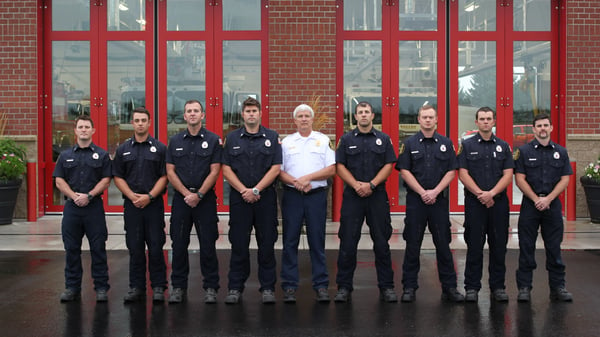
Cancer is a known threat to firefighters, as their response often involves being surrounded by carcinogens. In many stations, carcinogen-covered gear and apparatus are taken off and discarded—sometimes right by kitchen or sleeping areas, where they “off-gas” unhealthy contaminants into the air.
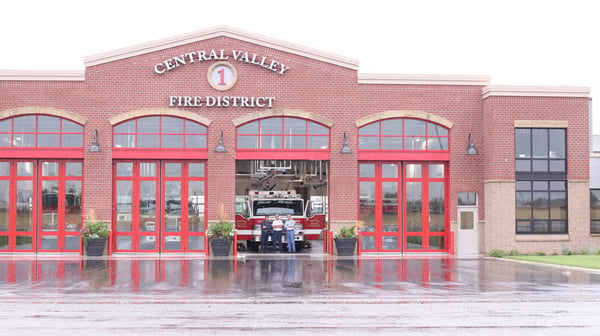
CVFD is proactively reducing their exposure to carcinogens and dangerous contaminants with their state-of-the-art decontamination facility. Decon begins on-scene and continues at the station, involving wipes, hoses, eyewash stations, specially-rated washer and dryers, boot wash stations and custom mats. The bunker gear area has negative pressurization, is closed off from the rest of the station and vents any contaminants safely outdoors.
Over the years, firefighting knowledge has advanced greatly. The members of this station hope to make a difference and set precedence with their commitment to a selfless and holistic approach to health and dedication to providing better emergency response services to their community. They hope it inspires a movement that better helps protect firefighters across the country. VFIS proudly presented Central Valley Fire District with a commemorative plaque during their grand opening. We look forward to seeing other fire stations follow suit over time, step by step, by placing more importance than ever on these critical, truly life-changing initiatives.
WATCH: Chief Ron Lindroth talks about the new facility and gives us a tour>>>
Want to see more? So do we! Sign up at the end of the video to be notified when our extended video with even more details debuts in the spring.
Additional information about cancer in the fire service
Cancer poses the greatest threat to firefighter health and safety today. Due to their exposure to dangerous carcinogens, firefighters have a higher risk of developing and dying from cancer than the general population they serve to protect. In fact, 70% of line-of-duty deaths in 2016 were caused by cancer.
What is the Firefighter Cancer Support Network and how can it help my fire department?
If you or someone in your department has been diagnosed with cancer, the Firefighter Cancer Support Network (FCSN) provides valuable resources and support. FCSN offers their signature toolbox filled with proven resources to cancer-stricken firefighters and their families for free, as well as access to their badge-to-badge support network. Even before diagnosis, FCSN can help with awareness tools and prevention training. To request any of these resources and to learn more about FCSN, please visit their website: firefightercancersupport.org.
DISCLAIMER
The information contained in this blog post is intended for educational purposes only and is not intended to replace expert advice in connection with the topics presented. Glatfelter specifically disclaims any liability for any act or omission by any person or entity in connection with the preparation, use or implementation of plans, principles, concepts or information contained in this publication.
Glatfelter does not make any representation or warranty, expressed or implied, with respect to the results obtained by the use, adherence or implementation of the material contained in this publication. The implementation of the plans, principles, concepts or materials contained in this publication is not a guarantee that you will achieve a certain desired result. It is strongly recommended that you consult with a professional advisor, architect or other expert prior to the implementation of plans, principles, concepts or materials contained in this publication.
This blog post may contain the content of third parties and links to third party websites. Third party content and websites are owned and operated by an independent party over which Glatfelter has no control. Glatfelter makes no representation, warranty, or guarantee as to the accuracy, completeness, timeliness or reliability of any third party content. References to third party services, processes, products, or other information does not constitute or imply any endorsement, sponsorship or recommendation by Glatfelter, unless expressly stated otherwise.
Related posts
We asked 10 members of our VFIS Team to name one auto-related risk that they believe is underdiscussed in fire and EMS agencies. Here’s what they said.
Most volunteer fire departments rely heavily on POVs, but there are inherent risks you should know.
Establish a Emergency Vehicle Operations Program that includes driver/operator requirements to help ensure your vehicles are in the right hands.


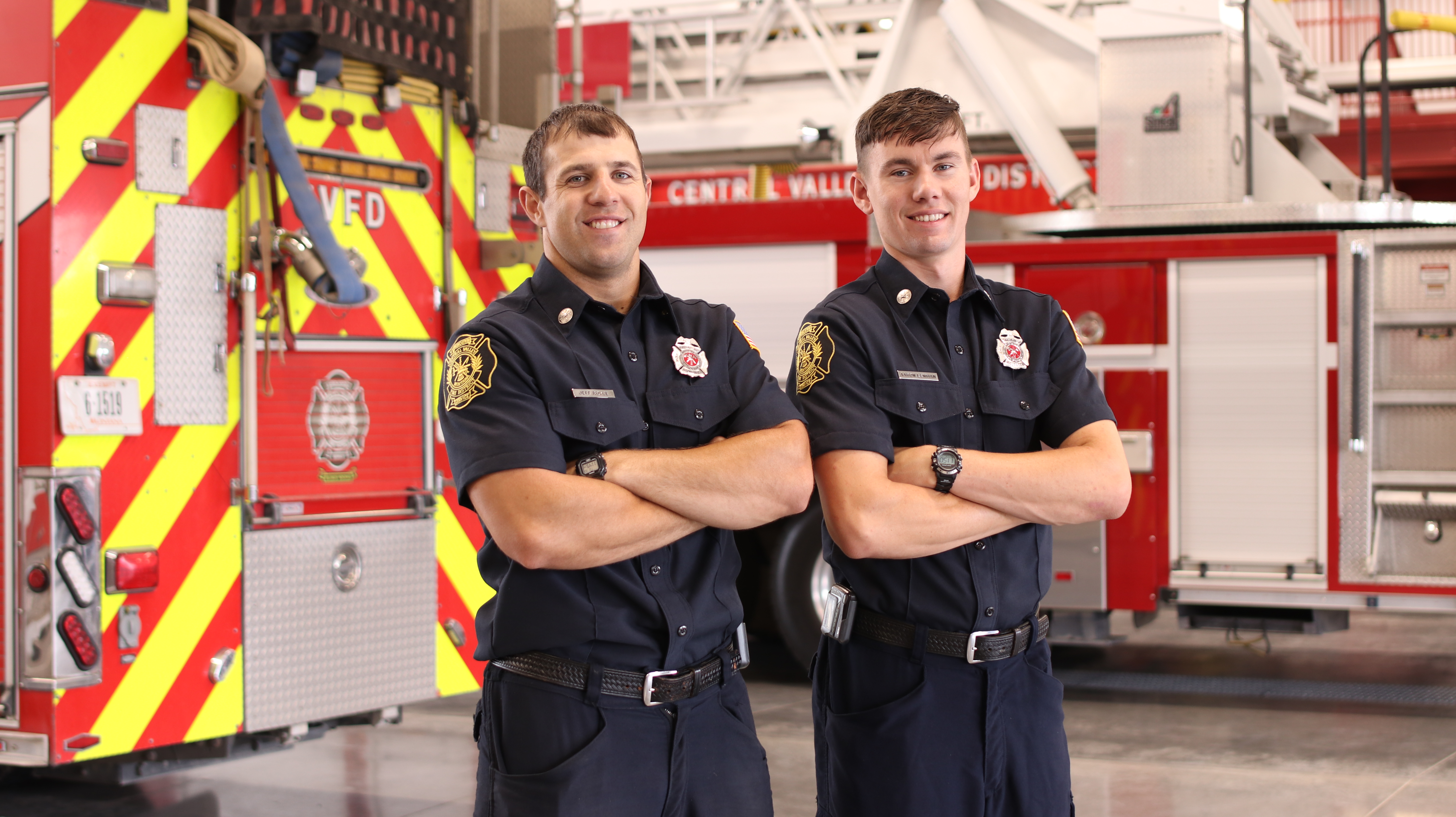

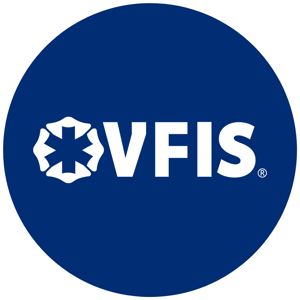
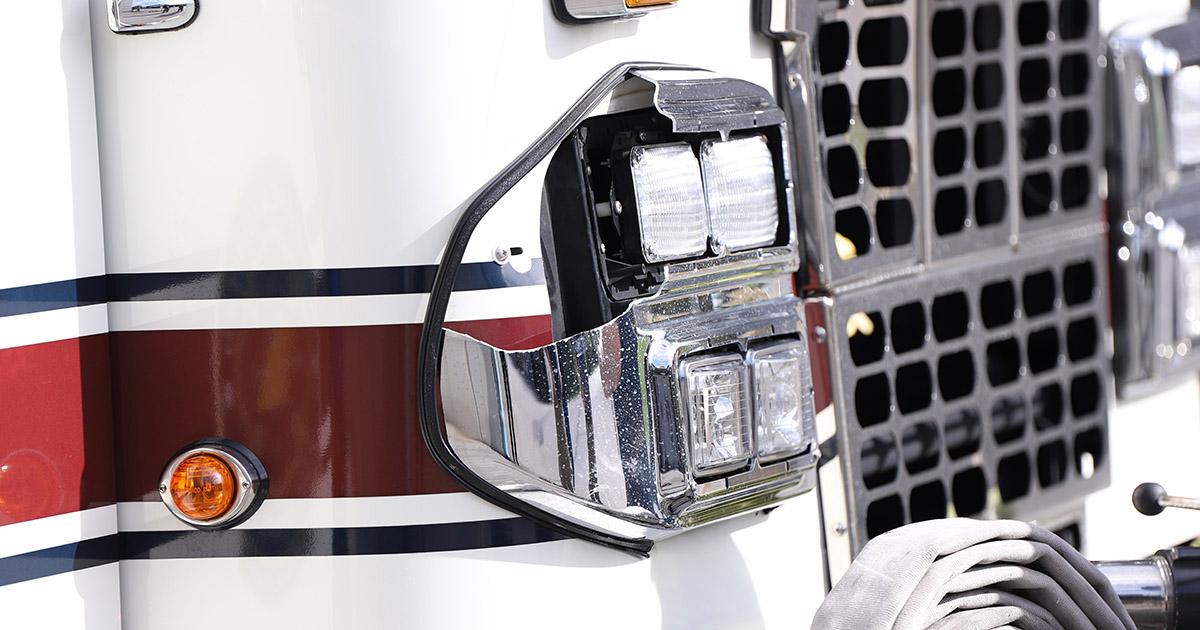

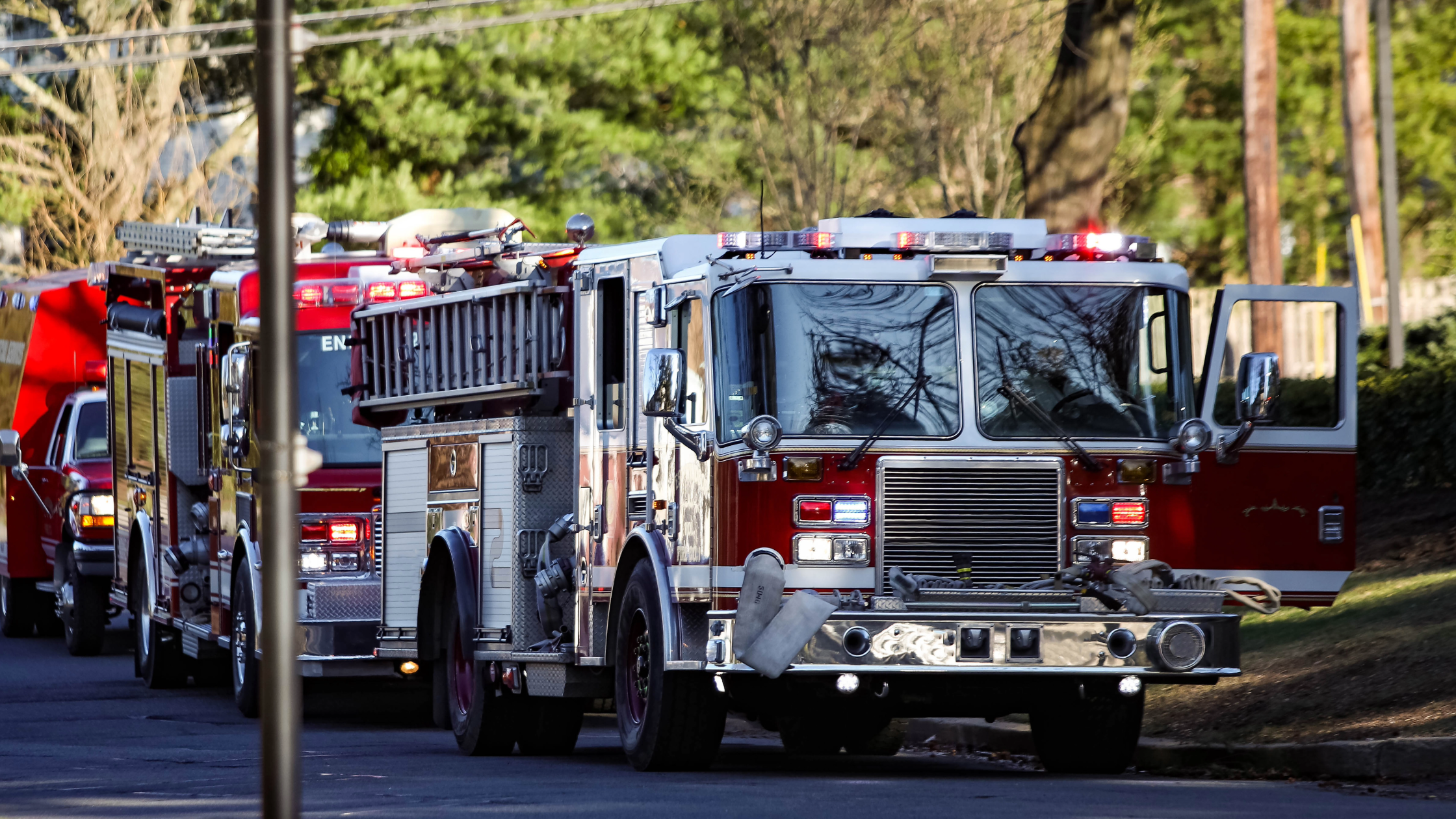

Submit a Comment